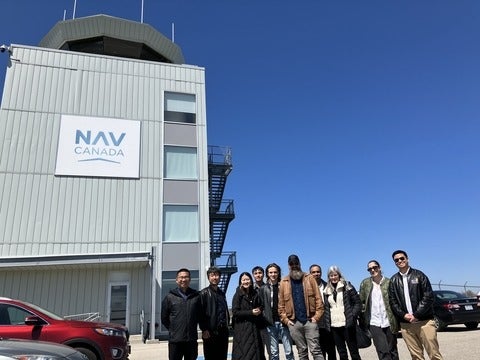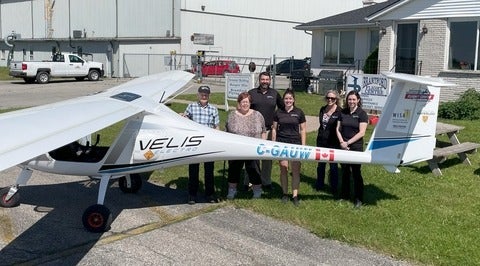On June 10, 2020, the Pipistrel Velis Electro became the world’s first electric aircraft to receive type certification from the European Union Aviation Safety Authority (EASA). Five years later, it remains the only EASA-certified electric plane, with over 100 units flying in more than 30 countries. Canada is currently evaluating the Velis Electro, which is already operating in Waterloo, Ontario, and Campbell River, British Columbia. These aircraft are used for low-carbon flight training and local sightseeing, with over 400 flights completed in Canada. Transport Canada has created a regulatory sandbox to support electric aviation, and proposed amendments to flight training regulations are under review. As Canada moves toward broader certification, early adopters like Waterloo Wellington Flight Centre and Sealand Flight are leading the way in training the next generation of electric pilots.








